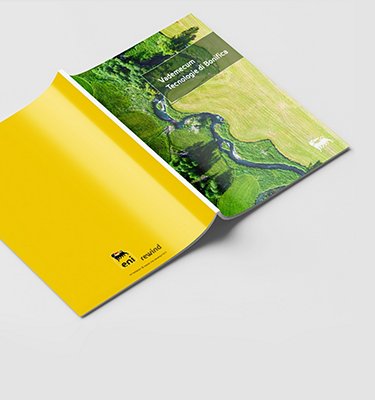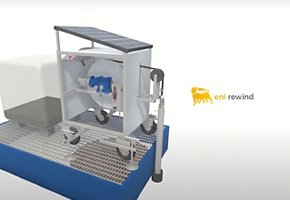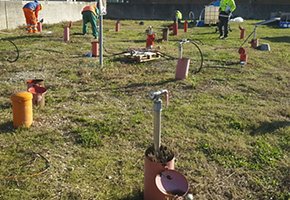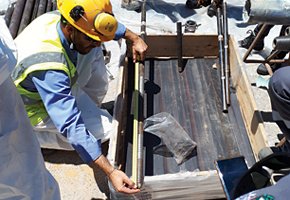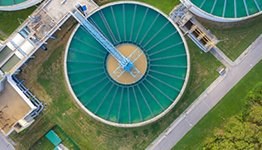Integrating sustainability principles into remediation means identifying the best solutions in terms of environmental, social and territorial impact. As well as fully involving the stakeholders in the decision-making process, we aim to ensure that the following objectives are met:
- protection of human health and the environment
- removal of contaminants from groundwater and soil, with a strong focus on their recovery and reuse
- application of innovative and sustainable technologies with regard to environmental, social and economic impact
- encouraging the re-use and regeneration of areas in line with spatial planning tools, starting from the project design phase
- reducing the carbon footprint of remediation activities.





